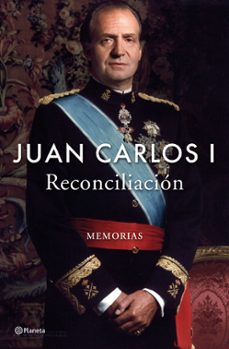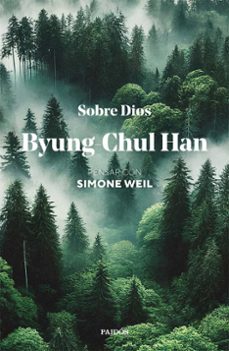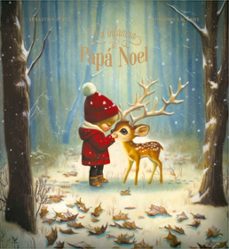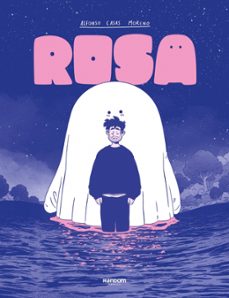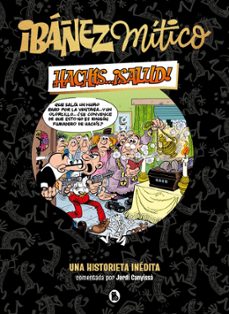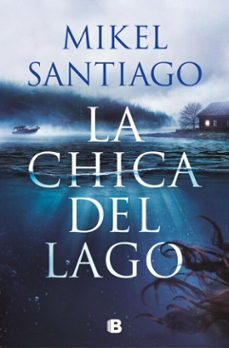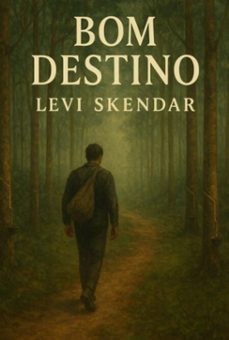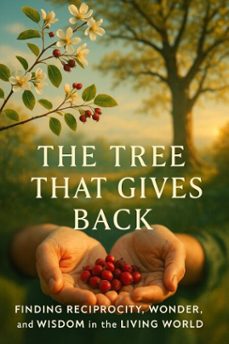Imprescindibles
Más vendidos Libros más leídos eBooks más leídos Todos los libros Todos los libros Autores destacados Series y sagas
Recomendados Libros recomendados Autores destacados Libros que inspiran Vidas con historia LGTBIQ+ English books
Ficción
Literatura Contemporánea Estudios literarios Clásicos Cuentos Poesía Teatro Libros de bolsillo Sagas literarias
Géneros literarios Novela romántica y erótica Novela negra Novela histórica Narrativa fantástica Novela de ciencia ficción Novela de terror Narrativa de humor Narrativa de viajes
No Ficción
Ciencias y tecnología Biología Ciencias Ciencias naturales Divulgación científica Informática Ingeniería Matemáticas Medicina Salud y dietas Formación Idiomas Estilo de vida Libros de Cocina Guías de viaje Narrativa de viajes Deportes Libros de Juegos Manualidades
Humanidades Autoayuda y espiritualidad Ciencias humanas Derecho Economía y Empresa Psicología y Pedagogía Filosofía Sociología Filología Biblioteconomía Estudios filológicos Estudios lingüísticos Estudios literarios Historia y crítica de la Literatura
Infantil
Juvenil
#Jóvenes lectores Narrativa juvenil Clásicos adaptados Libros Wattpad Libros Booktok Libros de influencers Libros de Youtubers Libros Spicy Juveniles Libros LGTBIQ+ Temas sociales Libros ciencia ficción Libros de acción y aventura Cómic y Manga Juvenil Cómic Juvenil Manga Shonen Manga Shojo Autores destacados Jennifer L. Armentrout Eloy Moreno Nerea Llanes Hannah Nicole Maehrer
Libros de fantasía Cozy Fantasy Dark academia Hadas y Fae Romantasy Royal Fantasy Urban Fantasy Vampiros y hombres lobo Otros Misterio y terror Cozy mistery Policiaca Spooky Terror Thriller y suspense Otros
Libros románticos y de amor Dark Romance Clean Romance Cowboy Romance Mafia y amor Romance dramatico Romance dramatico Romcom Sport Romance Otros Clichés Enemies to Lovers Friends to Lovers Hermanastros Slow Burn Fake Dating Triángulo amoroso
Cómic y Manga
Novela gráfica Novela gráfica americana Novela gráfica europea Novela gráfica de otros países Personajes, series y sagas Series y sagas Star Wars Superhéroes Cómics DC Cómics Marvel Cómics otros superhéroes Cómics Valiant
eBooks
Literatura Contemporánea Narrativa fantástica Novela de ciencia ficción Novela de terror Novela histórica Novela negra Novela romántica y erótica Juvenil Más de 13 años Más de 15 años Infantil eBooks infantiles
Humanidades Autoayuda y espiritualidad Ciencias humanas Economía y Empresa Psicología y Pedagogía Filosofía Historia Historia de España Historia Universal Arte Cine Música Historia del arte
Ciencia y tecnología Ciencias naturales Divulgación científica Medicina Salud y dietas Filología Estudios lingüísticos Estudios literarios Historia y crítica de la Literatura Estilo de vida Cocina Guías de viaje Ocio y deportes
Novedades del último mes en eBooks de Estudios generales de botánica
Te puede interesar
Categorias
Filtros
Del 1 al 4 de 4
SOURAKOV, ANDREI
Blume 9791387881825
Esta obra deliciosamente diseñada e ilustrada, y rebosante de asombrosa información, cautivará a cualquier amante de la naturaleza. Un manual de referencia accesible y entretenido sobre el mundo arboreo. El conocimiento de expertos en la materia se conjuga con los dibujos artisticos originales y fotografias en color para concentrar toda la esencia de los bosques de nuestro planeta en un frasco pequeño y exquisito. Anatomia y arquitectura de los arboles, diversidad de especies, dinamicas de los bosques, desafios de la conservacion, hechos curiosos, mitos, folclore y cultura popular...Una irresistible guia sobre la asombrosa vida de los arboles.
Ver más
eBook
SKENDAR, LEVI
Clube de Autores 9798273171466
Bem-vindo ao Bom Destino. Você nunca mais sairá. Década de 1940. A Amazônia ferve com a promessa do ouro branco da borracha. Daniel, um pai de família do Pará, embarca em uma jornada de dias com a es
Ver más
eBook
ALMEIDA, CARLOS
Clube de Autores 3410009027057
No coração da maior floresta tropical do planeta, O inferno Verde - Amazonas a maior Floresta Tropical do Planeta e os Povos Originários revela um mundo onde a natureza e a cultura se entrelaçam de m
Ver más
eBook
CLARKE, FELIX
epubli 9783565073122
The Tree That Gives Back is a luminous collection of nature essays that explores the quiet intelligence of the natural world and the moral lessons it offers through reciprocity. Using the humble serviceberry tree as both metaphor and guide, the author reveals how every living thinghuman, plant, soil, and skyis bound in a web of giving and receiving.At its heart, this book is a meditation on gratitude as a natural law. The serviceberry feeds birds and bears, shades the forest floor, and blossoms long before other trees wake from winter. Its rhythm becomes a model for human living: give when you can, rest when you must, and trust that generosity sustains more than survivalit sustains meaning.Through clear, poetic essays, The Tree That Gives Back moves from one small plant to the vast systems it represents. Readers walk alongside the author through forests, fields, and city gardens, where acts of exchange are happening everywherebetween fungi and roots, between wind and seed, between people and the planet. Science meets spirit as ecology becomes a language of relationship.Each essay is built around a simple question: What does the earth give us, and what do we owe in return? The answers unfold through vivid observation, ecological insight, and personal reflection. The author writes of harvesting wild fruit without greed, of the ethics of eating, and of how gratitude can be an act of resistance in a culture built on taking.
Ver más
eBook
Del 1 al 4 de 4


